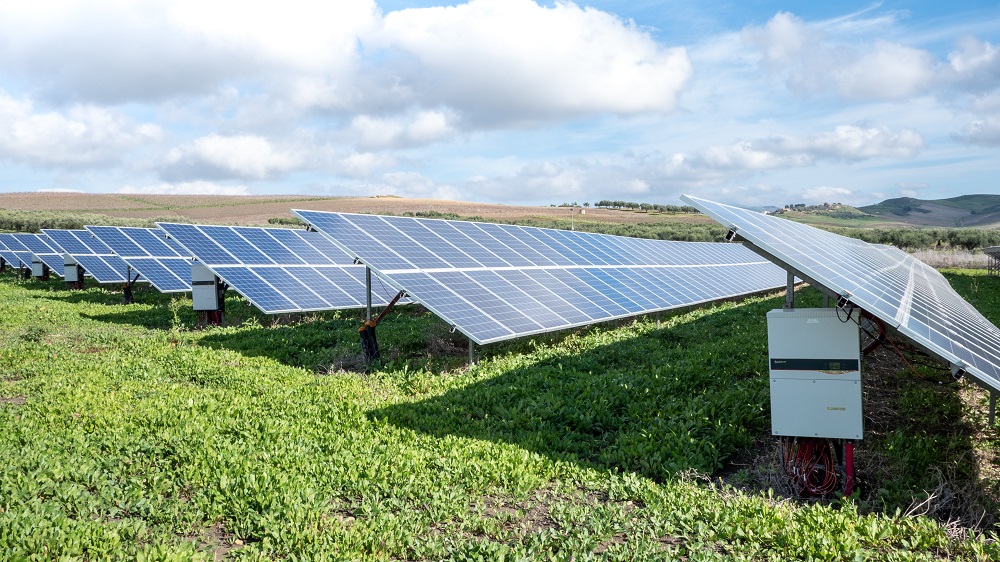There’s a lot to disagree about when it comes to fighting climate change. Reasonable people can advocate for very different policies and approaches. What no one can dispute, however, is the need to move faster — and specifically for governments to do their part by clearing a path to deploy new cleantech solutions as soon as they become available.

Right now, this isn’t happening, and it’s hampering the ability of Canada’s cleantech industry to scale and put a real dent in emissions.
Ironically, some of the regulations that were meant to protect the environment are now endangering it. This is because some mandatory review processes needlessly add years and millions of dollars to the deployment of new clean technologies.
The bottom line is this: the planet can’t wait, and the government of Canada shouldn’t either. Instead, we need to follow the example of other jurisdictions, like the European Union, where cleantech fast-track programs are poised to slash approval processes and help rush new technologies forward.
To compete, Canada needs to do these three things fast:
1. Trust and verify climate-relevant projects:
Projects that are proven by independent assessments to reduce pollution, save water or capture greenhouse gases should not have to go through long approval processes, which can currently take up to two years.
This means carbon emission reduction projects like the use of alternative fuels, material substitution or improved water efficiency projects, get fast-tracked with pre-approvals or significantly reduced compliance measures.
Robust monitoring schemes should be mandated during the project operations to ensure their impacts are legitimate, but these shouldn’t stall progress in getting shovels in the ground.
2. Mandate faster approvals for green industrial projects:
Projects that are designed to help the environment should not be held up by the process of getting environmental permits. The government should mandate approvals of large industrial projects faster: within six months for projects costing up to 10 million CAD, and within a year for those over 100 million CAD.
On average, environmental permits require two to four rounds of feedback between the applicant and the local agency before final approval, each costing between one to three months of precious time. This could be sped up by limiting the process to just one round of clarifications.
3. Boldly use Canada’s world-class expertise in carbon capture, utilization and storage (CCUS):
Canada already punches above its weight in CCUS and is responsible for 10 per cent of industrial CCS projects in the world. Canada also boasts more than a dozen world-class carbontech companies producing marketable products and scaling globally.
Instead of running a hamster wheel of information-gathering forums and RFIs to collect best practices from around the world, Canada should use its in-house expertise on large-scale CCS projects like the Quest and the Alberta Trunk Line Carbon Capture and Storage Projects to fast-track similar initiatives across the country.
It’s time Canada shifted the onus from permissions to start a project to enabling rapid project deployments with robust and continuous monitoring during operation.
At Carbon Upcycling Technologies, we have two projects that alone could reduce emissions by over 30,000 tonnes of CO2 per year. The current regulatory burden risks delaying each by up to six months at a likely cost of two to three million dollars. And this is just one Canadian company.
If we want Canada to be a country of choice for cleantech entrepreneurs, then we need to create the right conditions where innovators can succeed. Canada is projected to capture over 40 million tonnes of CO2 by 2030. Today, it captures less than five million tonnes. Yet right now, there are no new projects slated to definitively come online for the next six years.
It took decades to understand the full lifecycle benefits of various biofuel production methods and similarly, it’ll take time to identify the best pathways to storing or utilizing carbon, producing green hydrogen or lower emissions at major industrial plants.
We need to do better and the best way to develop these pioneering technologies is to build, test and improve. We need more rapid iteration and less regulation stopping climate entrepreneurs right at the starting line.
This is why it’s time for Canada to cut the red tape and roll out a green carpet. We have world-beating technologies and the sooner they make it into the marketplace, the sooner we will see the carbon reduction results we need and the clean jobs that go with them.
***
About the author:

Apoorv Sinha is the co-founder and CEO of Carbon Upcycling Technologies, based in Calgary, Alberta.




